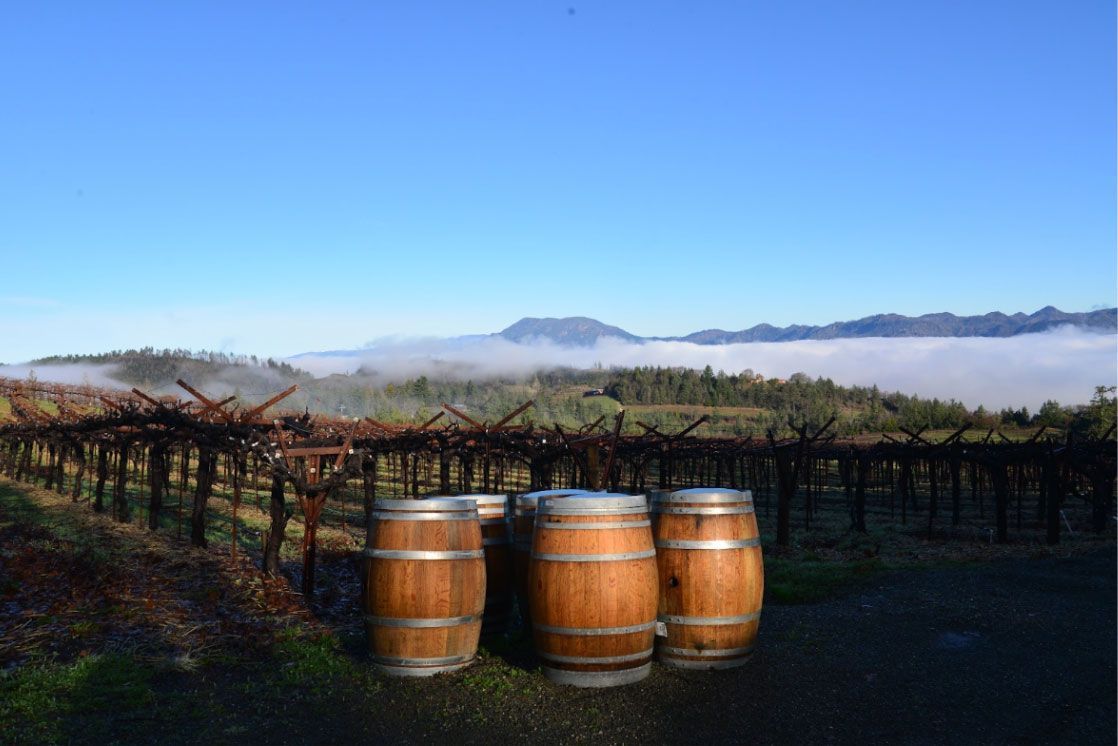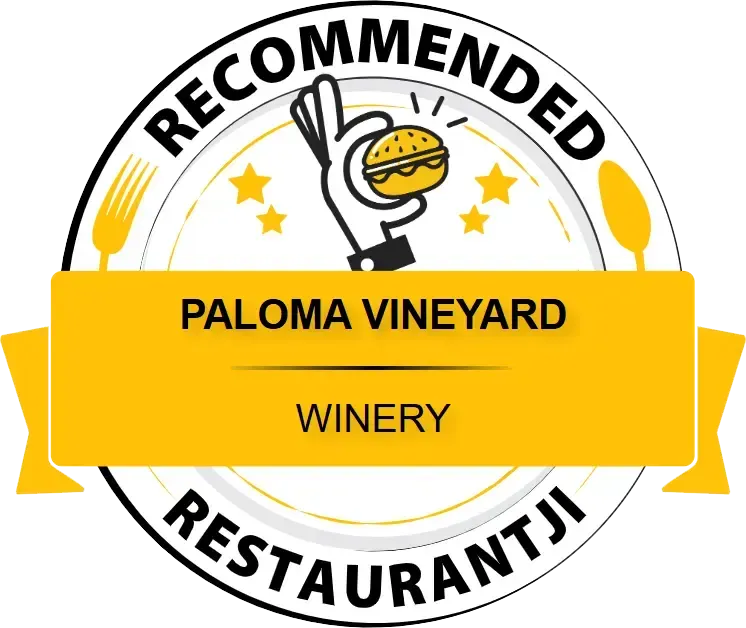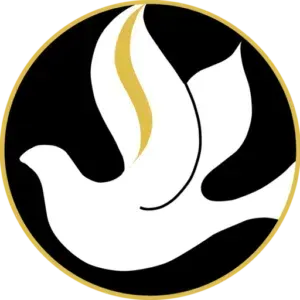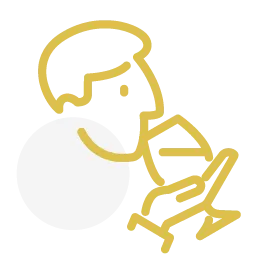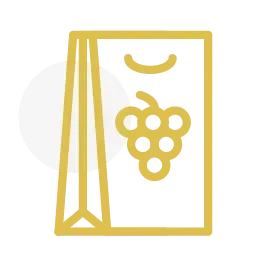A Winemaker’s Concerns during Fire Season
September 1, 2023
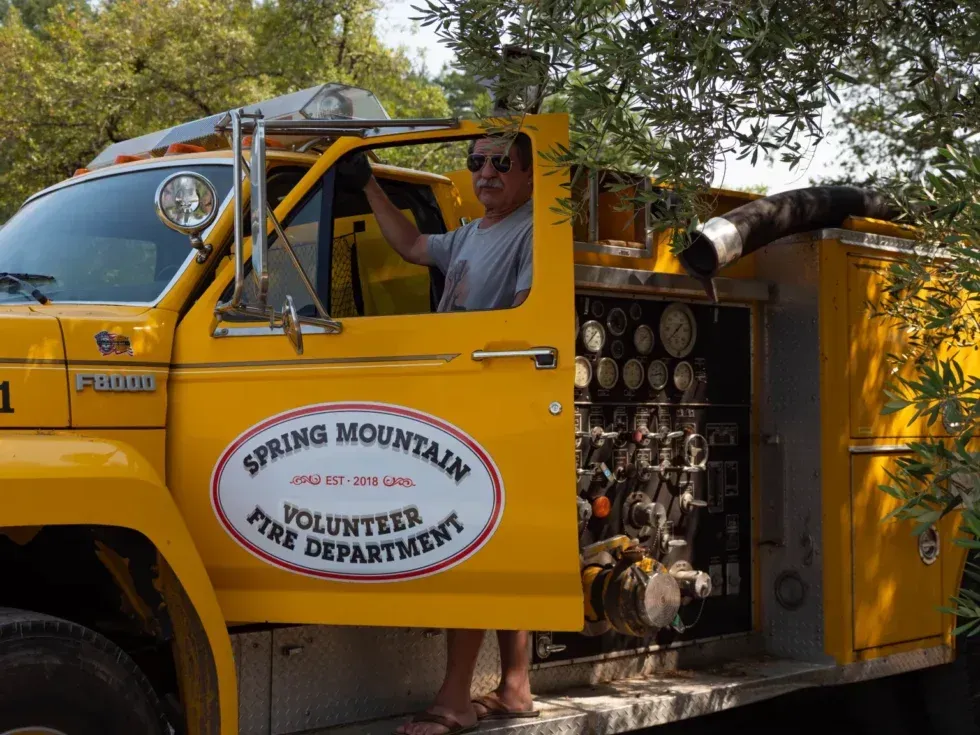
Fires have ripped through the Napa Valley over the last six years. Underneath all the rubble that was left from the wake of those fires has been a superior fire response and prevention system, greater inter-neighborhood cooperation, and a deeper understanding of community. Fire season in the Napa Valley coincides with harvest.
Winemakers deal with a lot of moving pieces leading up to harvest. Tasting fruit nearly every day at each vineyard site, prepping the winery for any incoming fruit, monitoring crop yields, training interns, sanitizing materials for harvest, acquiring oak barrels (which usually means moving old barrels), monitoring vine health in the vineyard, consistently evaluating weather by the hour, coordinating pick crews, fixing old equipment from last year, and a multitude of other tasks.
Because harvest is the time of year when the Napa Valley gets a large chunk of its customers, quite often there is a lot of visiting and promotional work needed to be done for and by the winery as well.
Fire Season for a winemaker and vineyard poses numerous threats:
- Fire. It doesn’t matter what your industry is, if you’re dealing directly with fire, your business is affected. For a winemaker, it could mean lost crops, lost infrastructure, lost inventory, or all three. Even if you manage to save your property, your crop and your sales are going to be directly affected in some capacity.
- Smoke taint . If smoke lingers in the area long enough, it can affect and taint the flavor of the grapes. No one has yet discovered a conclusive way to deplete smoke taint in a wine. While there are some practices that help diminish the effects, they are also quite hard on the wine and truthfully, it is just never the same.
- Access. Tending to the grapes both in the vineyard and those already picked can become extremely challenging during evacuation orders. Fermenting wine has to be cared for daily. If not, the wine will more than likely spoil and/or be tainted.
- Greatly diminished sales. Lack of tourism because of the fires has hurt the Napa Valley in previous years. Napa is a tourism-run town. Without the economy of tourism, we cannot continue to make the premium wine we do in the Napa Valley.
On top of these wine-related issues, winemakers are part of the local community like everyone else. They are worrying about neighbors, friends, and family. They have to labor through the conditions breathing smoke and carcinogens to try to ensure their vintage isn’t lost. The cost of operating generators 24//7 when you lose power is extremely high and you have no guarantees as to whether you’ll have a salvageable crop to cover those costs. Communication with friends, family, and customers can be challenging with down phone lines and power outages that accompany a big fire.
The most significant change in the past decade is insurance-related. Since the Glass Fire of 2020, major insurers have been pulling out of California. Those that are willing to insure, are charging rates over double what they were before, with less coverage. Meaning, you will pay two to three times what you paid in previous years, and you might only get 50% of your home and winery covered. Or only the structure and none of the contents. So not only is your current vintage at risk from fire and smoke, but your last vintage that is still in the barrel is not insurable.
Not only are owners' and winemakers' livelihoods at risk, but their homes are as well. Stakes are high and most of it is out of their control. Needless to say, elevated stress levels are now just a part of the job.
Wineries have gotten ahead of some of these issues with local support.
The Napa County Sheriff’s Department has used the Nixle communication system since 2009. The system is a direct alert to all locals who sign up for updates from police, fire, and emergency activity in the area. Over the years it has gotten more timely, precise, and direct.
What dictates the direction of fire? The answer is topography, mother nature, and the field load. What can humans control from the three? Mostly field load. Field load is the load of potential fuel (dense trees, underbrush, kindling) surrounding properties and forests within Napa. Much of it is out of our control, but efforts to maintain a safe perimeter around your property and dwellings can be a very effective fire prevention technique. Of course, there are no guarantees. If a spark lands in the wrong place, no amount of safe perimeter is going to help.
Fire season is usually August through October, which are some of the driest and hottest months of the year. During the wet season—November through April—and fire preseason—May through July typically, but not always—firefighters, local trusts, volunteers, and local government workers do a lot of fire prevention prep work. Their goal is to decrease the intensity of a fire if it arrives to give firefighters a fighting chance.
There are four main methods used by local farmers, vintners, government workers, and fire prevention organizations like the Napa Land Trust:
- Controlled burns. This is mostly done in the wet season when fire risk is at its lowest.
- Rotational Grazing. Using livestock like goats and sheep to eat underbrush in hard-to-reach areas can be extremely effective. Many vineyards are using this to keep their undergrowth manageable for fire season. Generally speaking, vineyards are great fire breaks if managed well.
- Forest Thinning and Shaded Fuel Breaks. Shaded Fuel Breaks are usually semi-circle sections of the forest that are groomed and thinned. Thinning connected tree limbs reduces competition of current trees and creates a diversity of tree species, this decreases the chance that the oldest or largest trees will die in the event of a wildfire.
- Replanting using firewise plants and trees. These are plants and trees that are more resilient to fire, and even more importantly do not expel excessive underbrush that fuels fire.
What do vineyards and wineries do for fire prevention?
Local American Viticultural Areas have taken it upon themselves to get fire organized with predetermined evacuation routes, water access points, and personal property management.
Here at Paloma
, we make use of creating defensible space. This means lowering the risk of potential fire fuel. We remove any dry wood or underbrush and extra vegetation which often acts as kindling. Doing so decreases the intensity of a fire if it does pass through. The less intense the fire the easier it is for firefighters to put the fire out.
Paloma’s location at the top of Spring Mountain is an ideal lookout for firefighters, as it showcases the northern half of the Vaca Mountain Range, the entire bench above Bothe-Napa Valley State Park, and a good section of the valley floor. Paloma also has its own fire truck purchased jointly with a handful of neighbors to help slow down a fire before it starts.
With our recent fire history in the Napa Valley, we are more aware. We all share many of the same customers who are visiting and deal with many of the same challenges. Now, more than ever, working together means all boats rise with the tide.
The local government branches have also been making improved efforts to support local businesses. Check out these resources for more information:
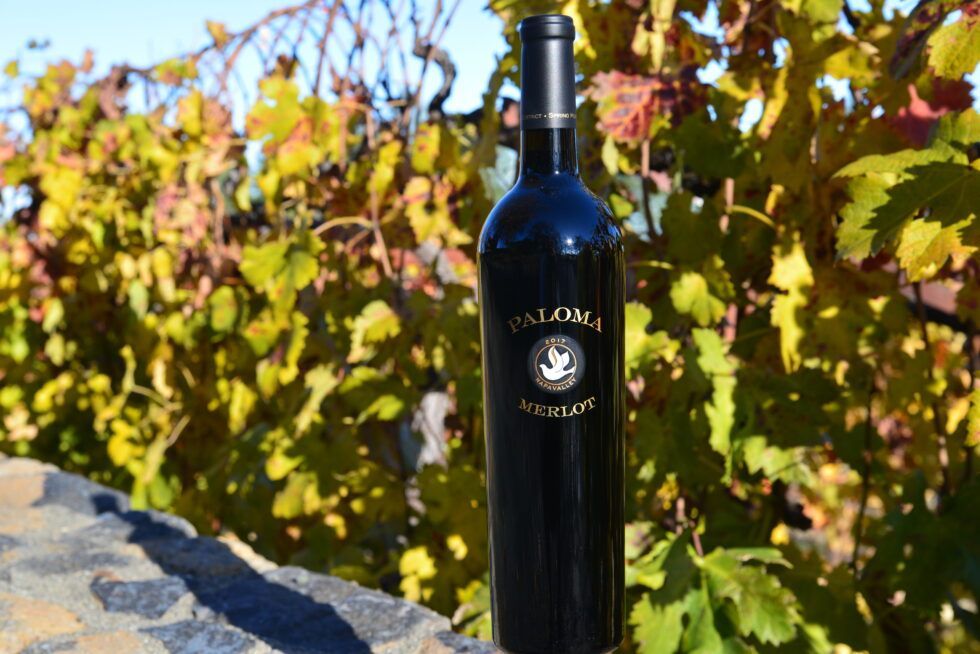
By caston_treetops
•
April 16, 2025
The swirled liquid boasts vanilla raspberry, plummy cassis, and a slight cooling floral undertone of cocoa. On the pallet, hot spice presents itself like cinnamon candy. The elegant tannins sting mid-way in this medium bodied wine. Swallowing leads to a long finish...
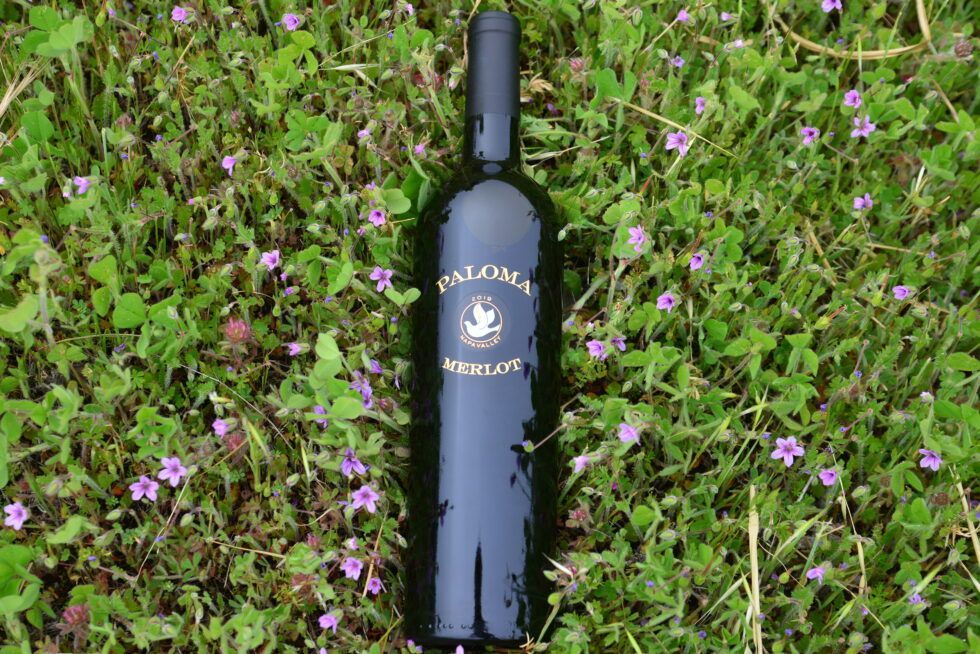
By caston_treetops
•
April 16, 2025
Paloma's 2019 Merlot opens with cranberry and rich cassis followed up with a slight dry mocha aromatic. This wine unfolds like a flower as you taste. It lands in the mouth with small strings of tannin and carries itself on a cool floral body. Its weight is just...
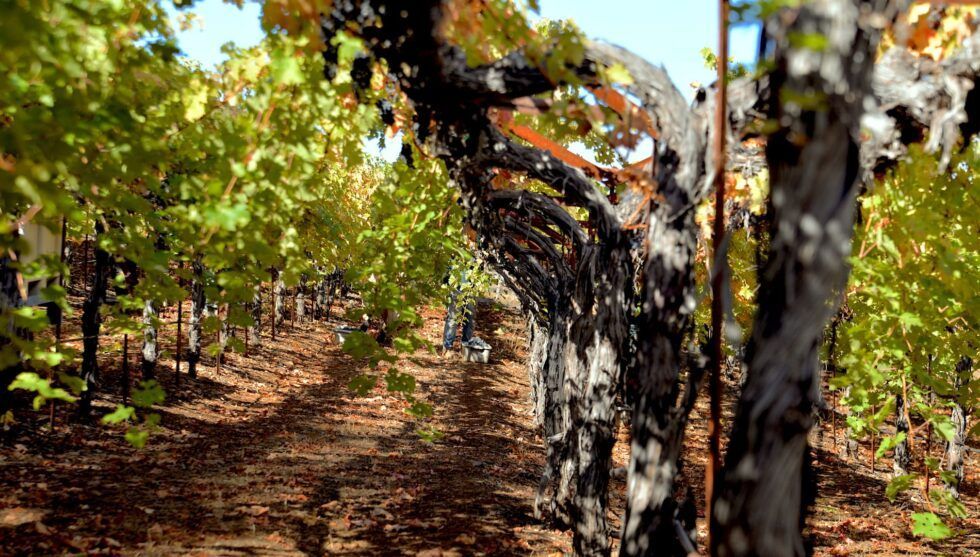
By WSI
•
March 26, 2025
At Paloma Vineyard, sustainability is more than just a practice—it’s the foundation of everything we do. Nestled on Napa Valley’s Spring Mountain, our small, family-run vineyard has been embracing sustainable and regenerative farming for over four decades. Every choice we make, from cover cropping to solar power, reflects our deep respect for the land and our commitment to producing exceptional wines that honor both our family legacy and the environment.
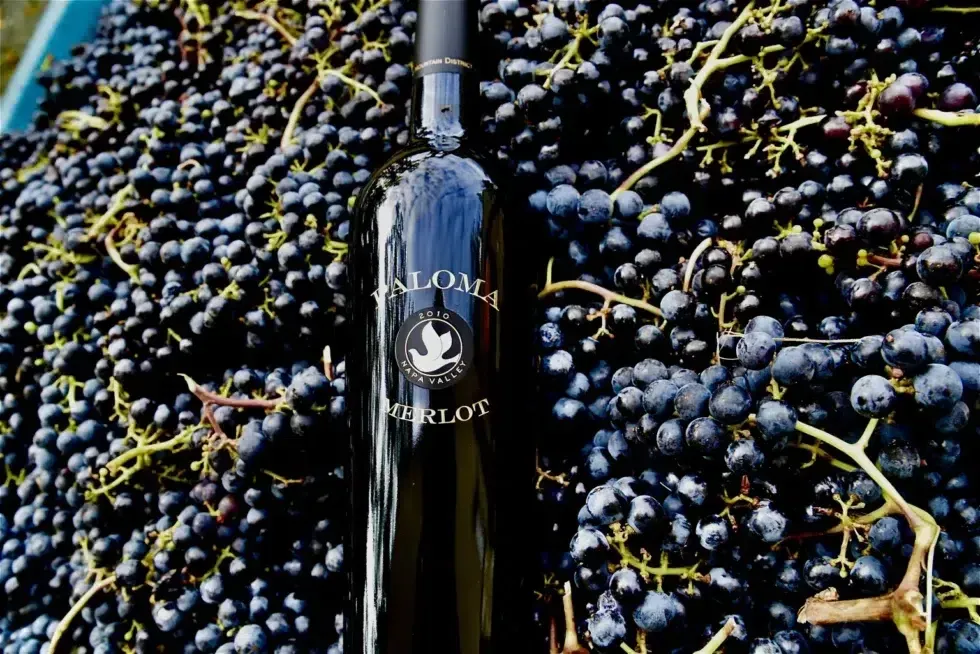
By WSI
•
March 6, 2025
Merlot has captivated wine enthusiasts for over two centuries with its smooth texture, rich flavors, and remarkable versatility. As one of the most widely planted grape varietals in the world, Merlot holds a prominent place on dinner tables and in wine cellars from Bordeaux to Napa Valley. But what makes Merlot so special? The answer lies in the grape’s adaptability, the care that goes into its cultivation, and the sense of place reflected in every bottle.
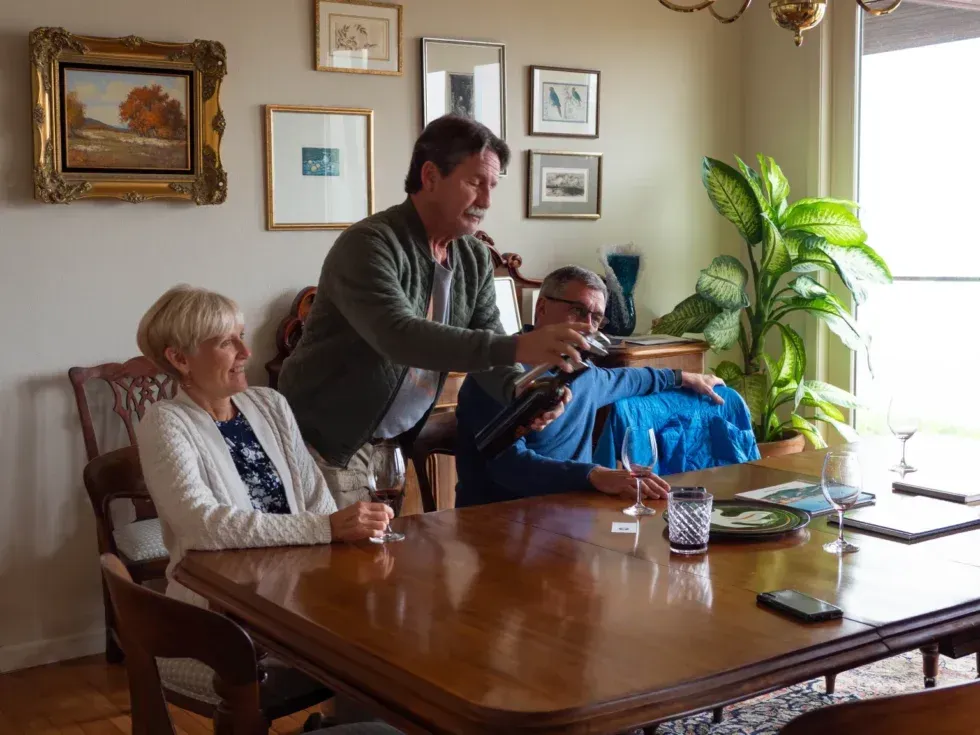
By taste_2420_views_enjoy
•
January 14, 2025
Have you ever been to a tasting where all you hear is the sound of the birds, wind, and the winemaker talking? No?! Then you haven’t visited Paloma Vineyard. Our personal team of furry greeters will meet you at your car and escort you up our steps to the owner’s home,...
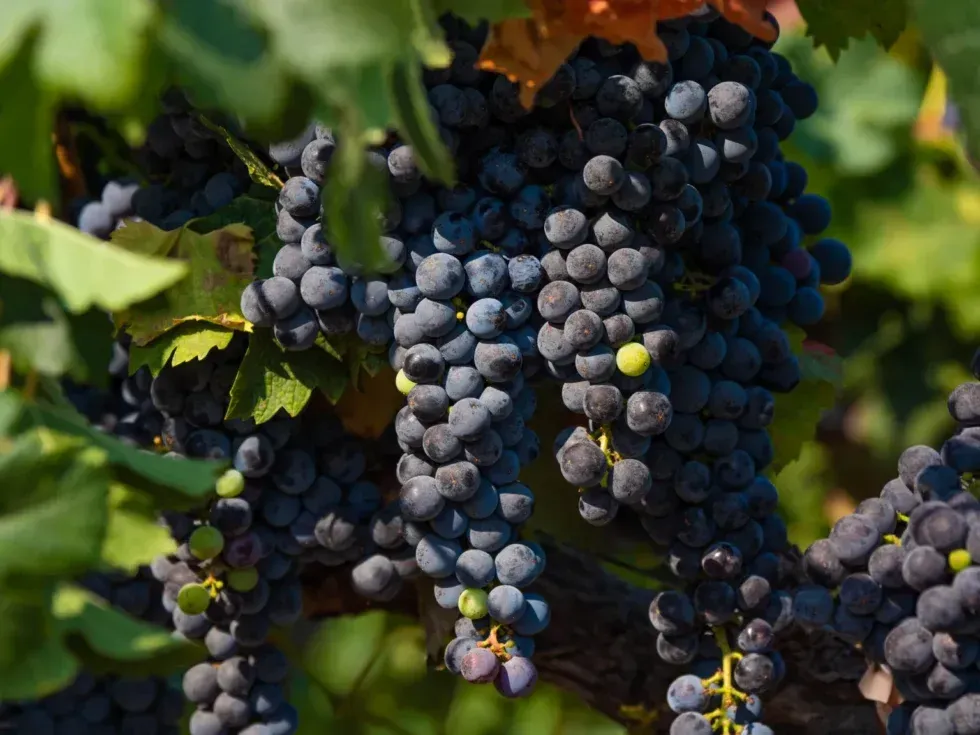
By taste_2420_views_enjoy
•
January 13, 2025
As Barbara, our matriarch, always said, “it starts in the vineyard.” Sustainability has become an essential practice for businesses looking to lead the way in their industry. While adapting to new practices can be challenging, it offers a unique lens to reexamine the...
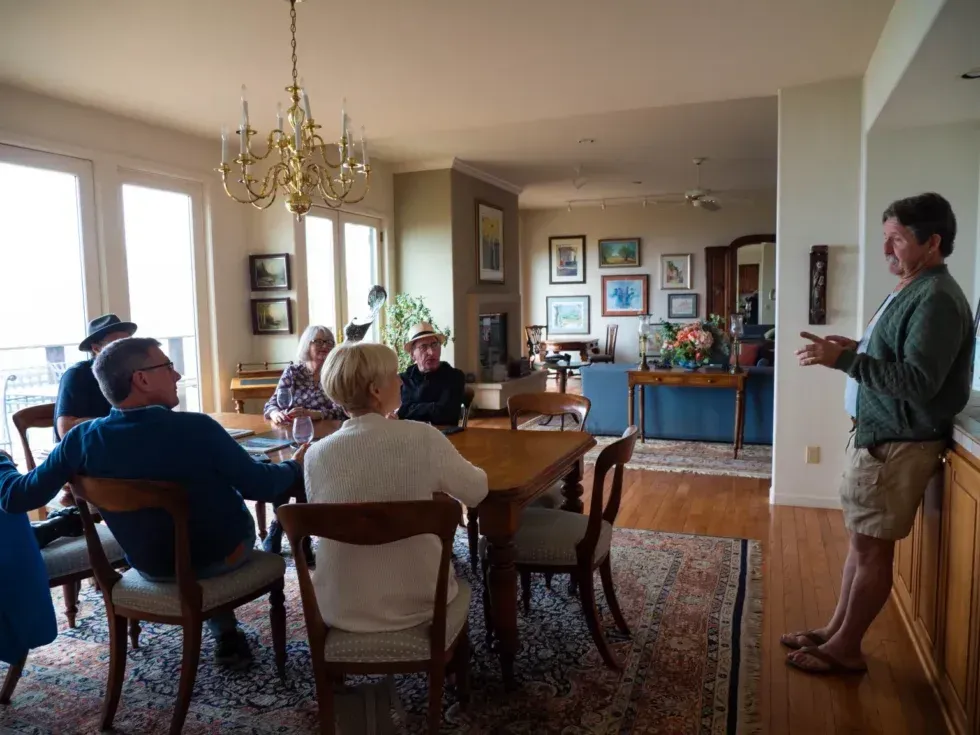
By taste_2420_views_enjoy
•
January 10, 2025
Since Barbara and Jim purchased the 17 acres of land at the top of Spring Mountain in 1983, our goal has never shifted–creating a winery that feels like home. By 1992, that dream was fully realized when Barbara and Jim finished construction of their home inside the...
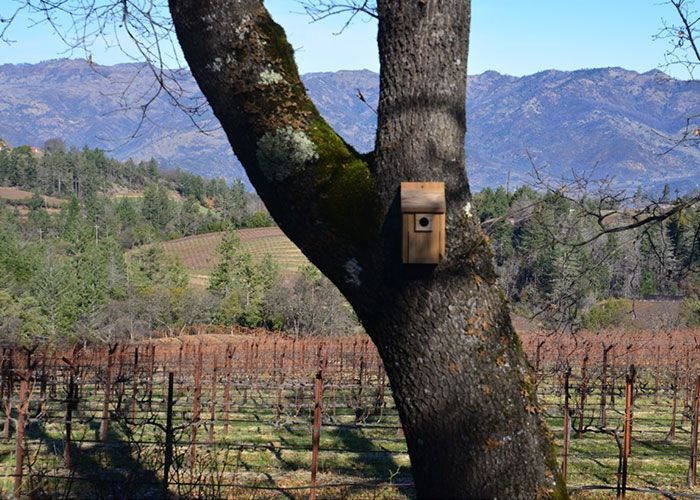
By taste_2420_views_enjoy
•
December 31, 2024
At our sustainable winery and vineyard , every choice we make reflects our commitment to preserving the environment and crafting exceptional wines. From innovative trellising systems to thoughtful vineyard management, we strive to balance nature’s needs with our vision for creating wines that tell a story in every sip.
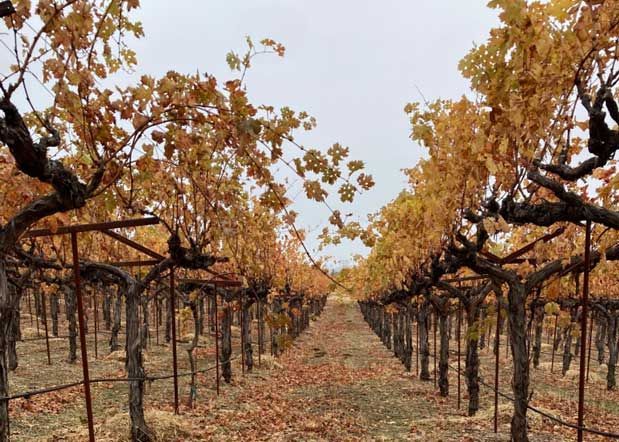
By p_hummingbird_2420_golden_rays
•
December 12, 2024
As a family-run winery on Napa’s Spring Mountain, we’ve spent over 40 years embracing methods that respect both the land and future generations. Sustainable wine and our winemaking is a year-round commitment, and for us, every decision, from vineyard management to bottling, is an opportunity to honor this responsibility.

